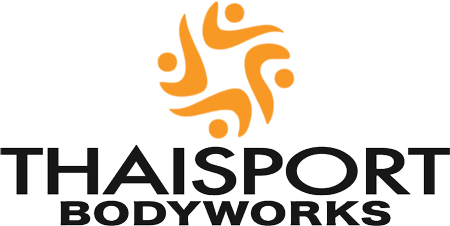Five Myths of Massage Therapy
Myth 1: A massage is a massage — no matter where you go.
Fact: Not all massages are created equal. In a spa setting, massage techniques promote relaxation on a massage table, which limits the therapist's reach and depth. Massage therapy in our therapeutic setting is given by licensed professionals who are trained to find and focus on problem areas. You may come in with backache, for example, and learn that the problem begins in your ankles. Our therapists promote healing and can reach any point of the body with easy access from comfortable floor beds.
Myth 2: Massage therapy mainly involves moving muscles.
Fact: Massage does more than manipulate muscles. Massage can stretch tightened areas of the fascia, a seamless tissue layer connecting muscles, bones and organs. Our massage can manually move fluids to loosen joints, reduce swelling and make movement easier. For example, synovial fluid, which normally lubricates the joints, can build up painfully in arthritic joints. And lymph, a fluid that normally moves through the body to fight infection, can cause painful swelling. Massage may help increase circulation of the blood, which moves nutrients through the body and speeds healing.
Myth 3: The effects of massage are temporary.
Fact: A good massage therapist does more than address temporary aches and pains. He or she wants you to be as comfortable as possible after the massage’s effects wear off. Muscles have a long memory. Holding them in an awkward position — such as craning your neck forward to see a computer at work — can cut off nerve pathways. This triggers neck and shoulder tension, upper back pain, and sometimes numbness and tingling down through the hands. Regular massages let a therapist address your pain patterns and re-educate muscles to improve body mechanics and posture.
Myth 4: Massages don’t help migraines — lying down is the only cure.
Fact: Massage therapy is a complementary treatment for migraine headaches. Head massage applies pressure to trigger points in the neck, shoulders, head and even face can help release tension. This may interrupt pain signals that would otherwise travel up to the blood vessels supplying the brain. Problems in the way these blood vessels function are believed to produce migraine symptoms: severe headache, visual disturbances, nausea and light sensitivity.
Myth 5: Don’t interrupt a therapist during a massage, even if it hurts.
Fact: You may feel uncomfortable while a massage therapist applies deep pressure to release a “knot” of muscle tissue. But if pain or discomfort persist, speak up. Sensations that are painful in a “good” way should be temporary. Don’t hesitate to talk to your massage therapist about any discomfort. He or she will want to know and will make adjustments accordingly.
